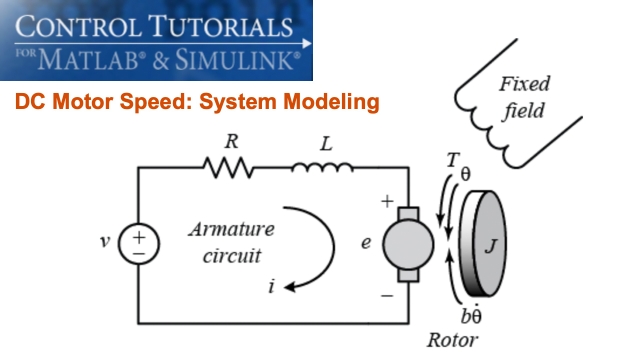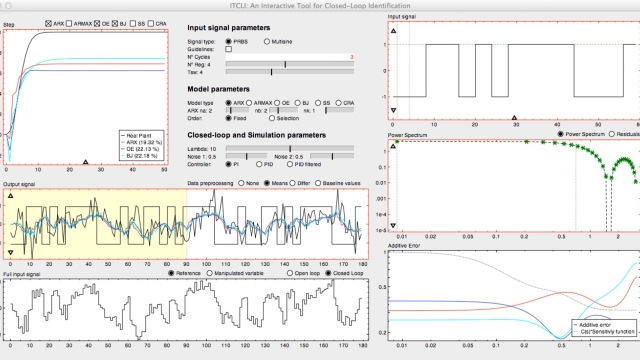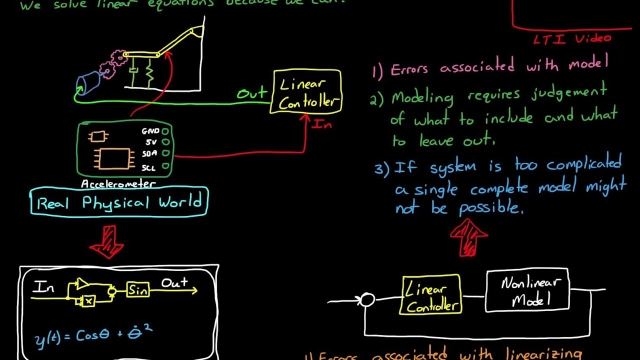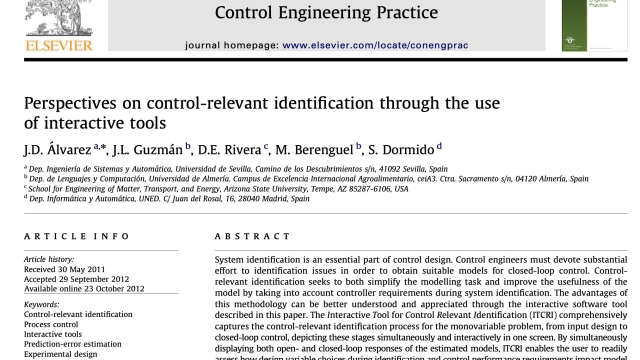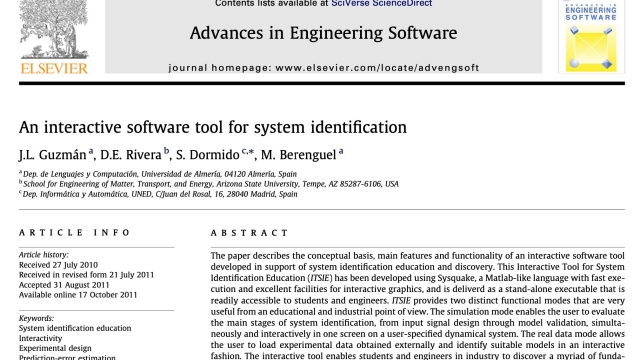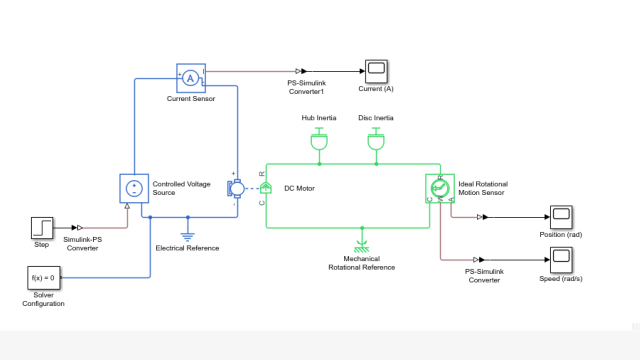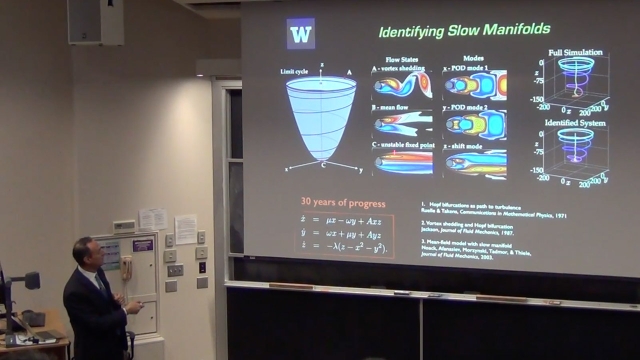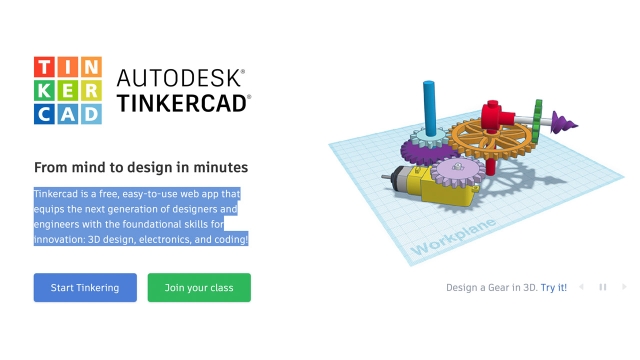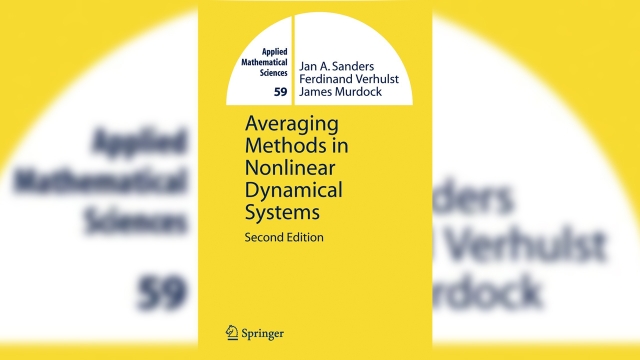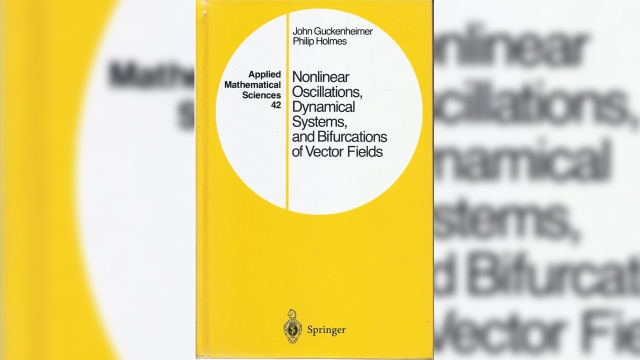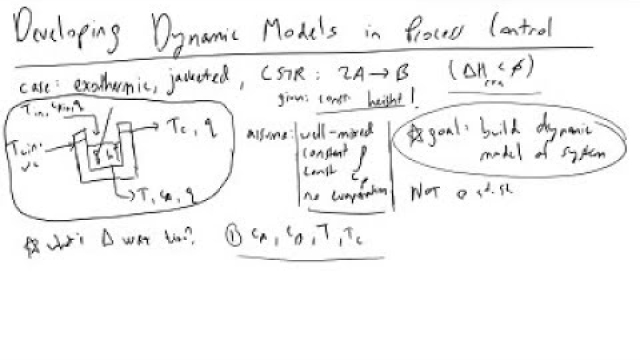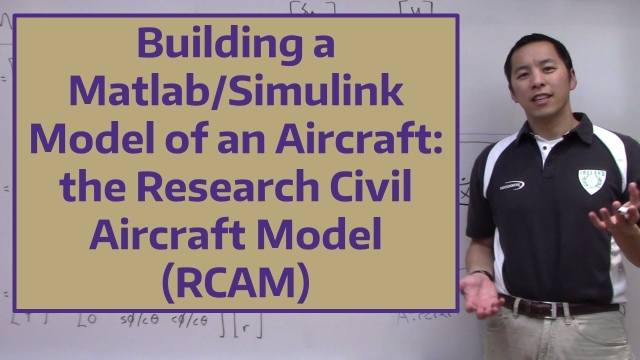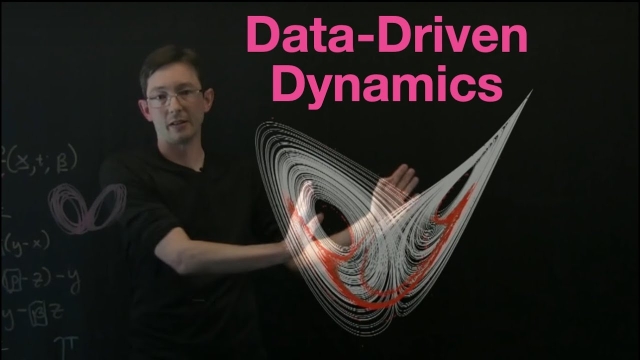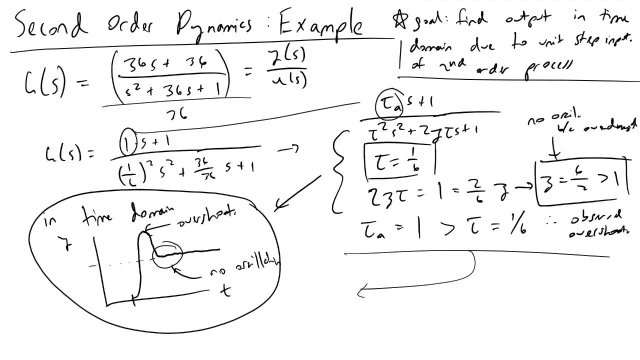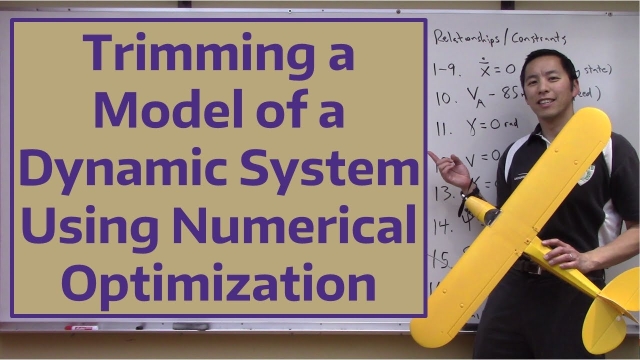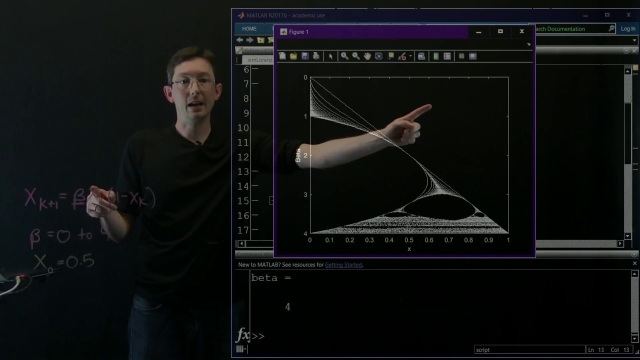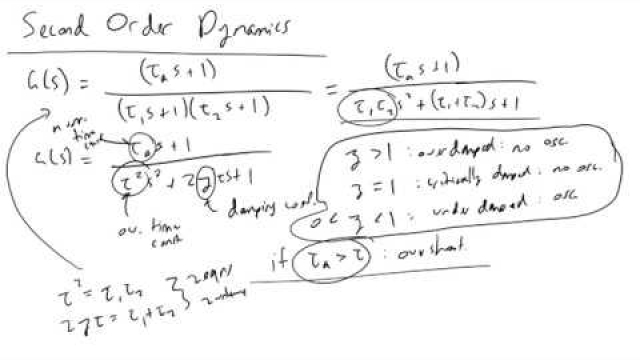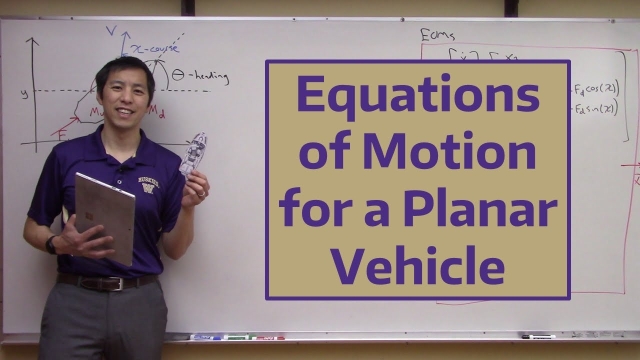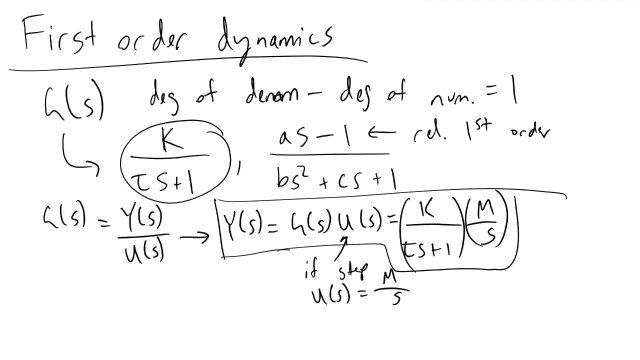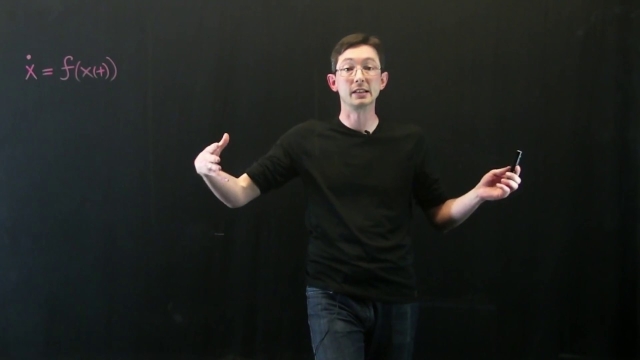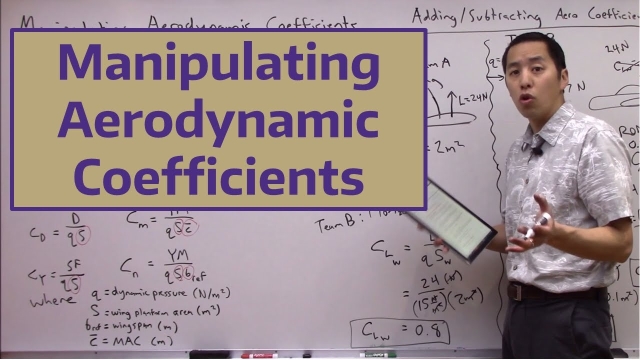A mathematical model is a description of a system using mathematical concepts and language. The process of developing a mathematical model is termed mathematical modeling. Mathematical models are used in the natural sciences (such as physics, biology, earth science, chemistry) and engineering disciplines (such as computer science, electrical engineering), as well as in non-physical systems such as the social sciences (such as economics, psychology, sociology, political science). Mathematical models are also used in music, linguistics and philosophy (for example, intensively in analytic philosophy).
Topic
Modeling (Dynamics)
This topic includes the following resources and journeys:
Type
Experience
Scope
DC Motor Speed: System Modeling
This examples walks through modeling a simple DC motor in MATLAB.
See MoreWhat Are Dynamic Models? Chapter 1 from Dynamic Models in Biology
Throughout this book we use a wide-ranging set of case studies to illustrate different aspects of models and modeling. In this introductory chapter we describe and give examples of different...
See MoreITCLI: An Interactive Tool for Closed-Loop Identification
The Interactive Tool for Closed-Loop Identification (ITCLI) is an interactive software tool for understanding SISO closed-loop identification using prediction-error techniques. The tool...
See MoreModeling Physical Systems, An Overview
This video sets the stage for the topics that I want to cover over the next month or two. This is an overview of how you go from a physical system to a linear model where you can design a...
See MorePerspectives on Control-Relevant Identification Through the Use of Interacti...
This paper presents a control-relevant identification methodology through an intuitive interactive tool called "Interactive Tool for Control Relevant Identification (ITCRI)". ITCRI...
See MoreManuscript about ITISE: an Interactive Software Tool for System Identificati...
The paper describes the conceptual basis, main features and functionality of an interactive software tool developed in support of system identification education and discovery.
This...
See MoreUsing Simscape™ to Model a Quanser QUBE-Servo 2 with Friction
Modelling a DC servomotor is one of the common examples used in control system textbooks and courses. Given that so many systems use DC motors, e.g. robot manipulator arms, it’s an important...
See MoreCreating Discrete-Time Models
This MATLAB example shows how to create discrete-time linear models using the tf, zpk, ss, and frd commands.
Nathan Kutz:"Data-driven Discovery of Governing Physical Laws"
Seminar by Dr.Nathan Kutz on "Data-driven Discovery of Governing Physical Laws" on 10/31/2018 CICS Seminar Series
See MoreEducational Tool for Teaching GRAFCET
e-GRAFCET is a tool for supporting the teaching-learning process of GRAFCET ( which can be implemented using the programming language Sequential Function Chart – SFC). While this tool was...
See MoreAutodesk Tinkercad
Tinkercad is a free, easy-to-use web app that equips the next generation of designers and engineers with the foundational skills for innovation: 3D design, electronics, and coding!
See MoreAveraging Methods in Nonlinear Dynamical Systems
Perturbation theory and in particular normal form theory has shown strong growth during the last decades. So it is not surprising that the authors have presented an extensive revision of the...
See MoreNonlinear Oscillations, Dynamical Systems, and Bifurcations of Vector Fields...
From the reviews: "This book is concerned with the application of methods from dynamical systems and bifurcation theories to the study of nonlinear oscillations. Chapter 1 provides a review...
See MoreDynamic Modeling in Process Control
I'll show you how we can build the dynamic models necessary to derive process transfer functions as an introduction to process control.
See MoreBuilding a Matlab/Simulink Model of an Aircraft: the Research Civil Aircraft...
In this video we implement the RCAM model as a Matlab script that is called from a Simulink model. The result is a fully encapsulated Simulink model of a no...
See MoreSimulating the Lorenz System in Matlab
This video shows how simple it is to simulate dynamical systems, such as the Lorenz system, in Matlab, using ode45.
See MoreSecond Order Dynamics Example
How will a second order process respond in the time domain when subjected to a unit step input? What other behaviors can we expect to see and why? Tune in to...
See MoreTrimming a Model of a Dynamic System Using Numerical Optimization
In this video we show how to find a trim point of a dynamic system using numerical optimization techniques. We generate a cost function that corresponds to ...
See MoreSimulating the Logistic Map in Matlab
This video shows how simple it is to simulate discrete-time dynamical systems, such as the Logistic Map, in Matlab.
See MoreSecond Order Dynamics
A crash course overview on second order dynamics in the frequency domain, what the key parameters are, and why they matter.
See MoreEquations of Motion for a Planar Vehicle
In this video we outline equations of motion for a simple planar vehicle. This model is suitable for vehicles such as boats or hovercraft that that are rest...
See MoreSecond Order Dynamics in Process Control
How do we simulate two first order transfer functions in series, a inherently second order system, or two coupled differential equations? Tune in to find out!
See MoreFirst Order Dynamics in Process Control
An overview on the identification and behavior of first order dynamics in process control.
See MoreDiscrete-Time Dynamical Systems
This video shows how discrete-time dynamical systems may be induced from continuous-time systems.
See MoreManipulating Aerodynamic Coefficients
In this video we discuss some potential problems you may encounter when attempting to perform operations with dimensionless aerodynamic coefficients such as ...
See More
